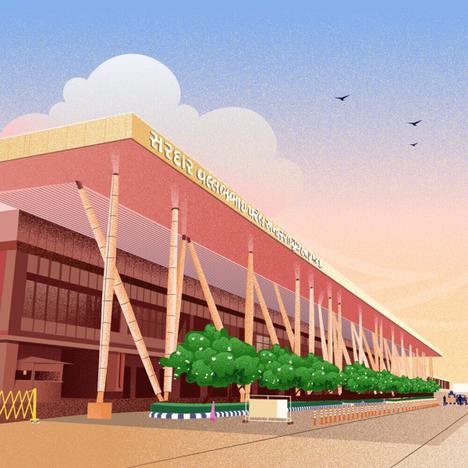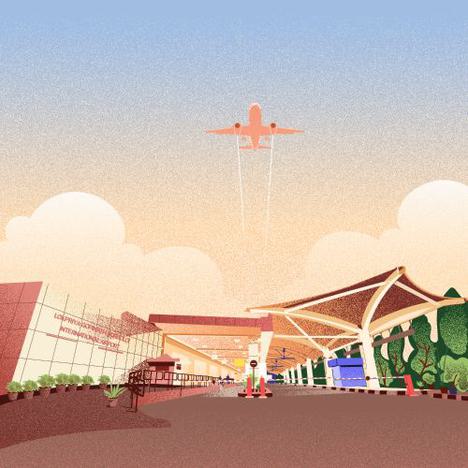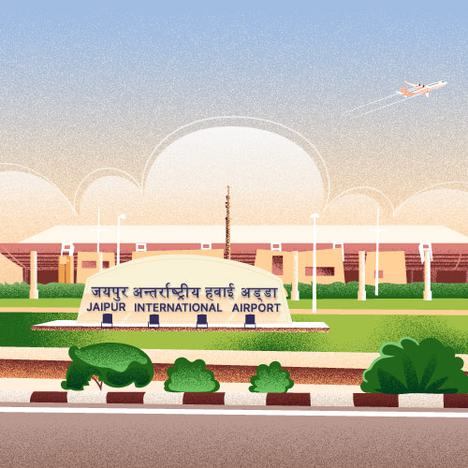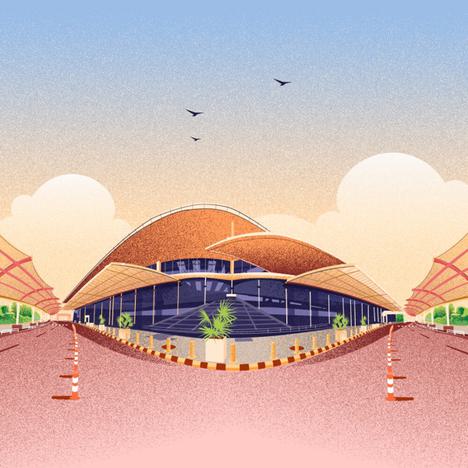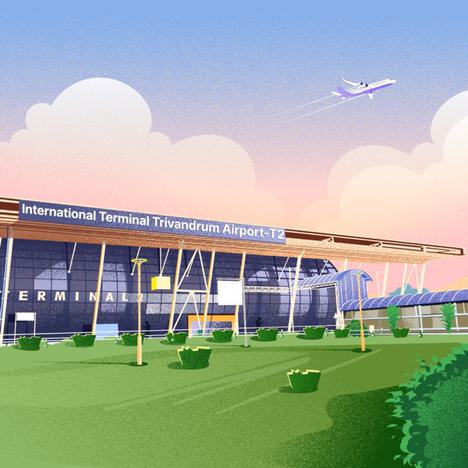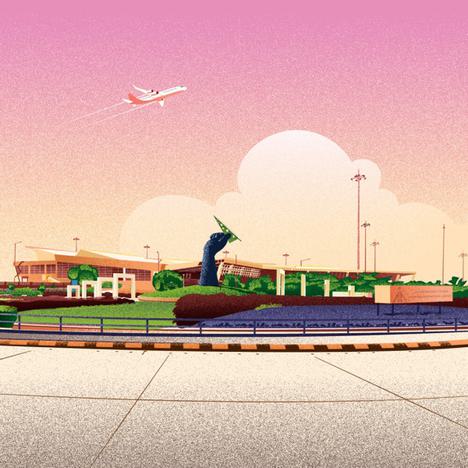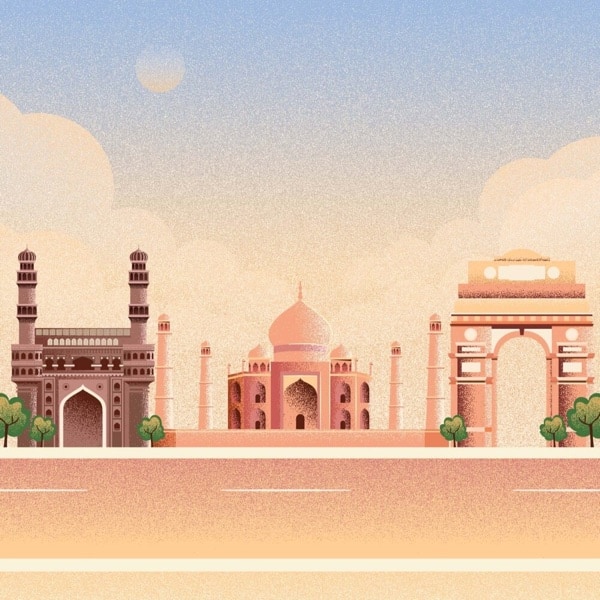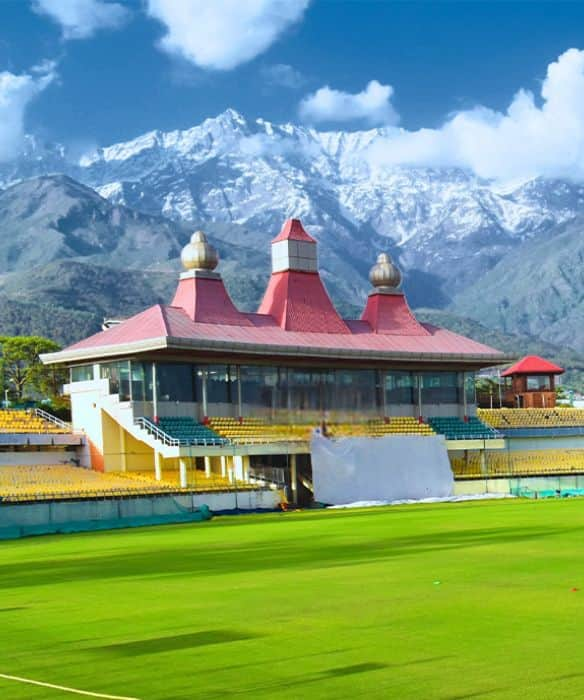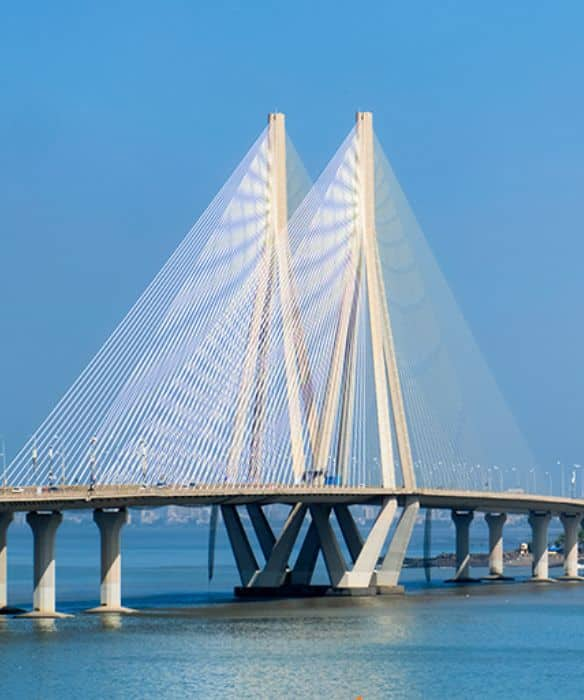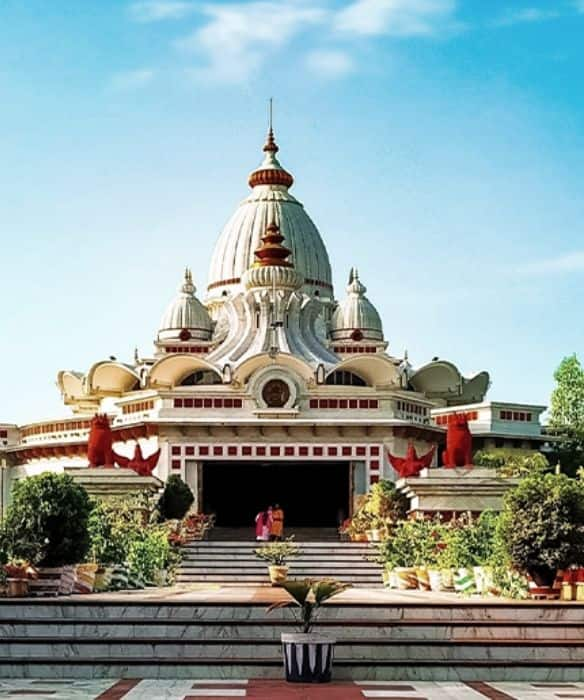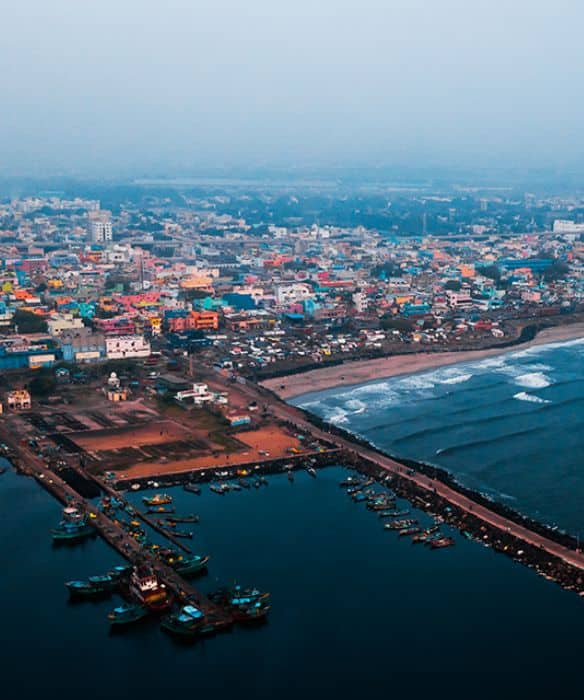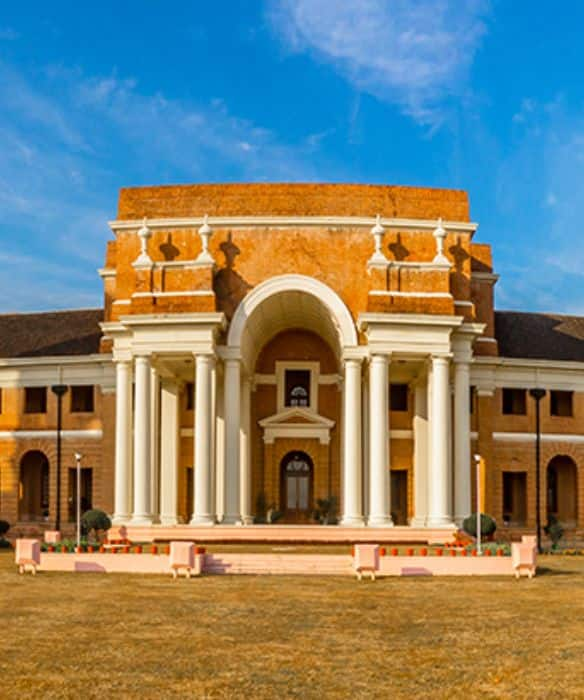About Argentina
Home to a colourful backdrop of extremes and wonderful traditions, Argentina expects tourists with a plethora of choices. Many people are aware of Argentina’s fascinating capital, Buenos Aires, but its nature and culture are very diverse, ranging from the silent vastness of Patagonia to the historical and ethnic richness of Chaco. Here you will find the ultimate tips on how to grab the Argentinian atmosphere that has European elegance mixed with South American passion.
The capital city known as the “Paris of South America” offers a thrilling insight into the locals’ way of life. Take a walking tour of the Barrio de San Telmo while its Sunday fair is on and watch dancers performing the tango on the streets. Start your understanding of the country’s political background with a tour of Casa Rosada, which serves as a residence and a work place of the President of Argentina. Avoid missing a live show at Teatro Colon, without doubt one of the most beautiful opera houses in the world.
It is a stark contrast to the fast-paced city life and gives you a natural marvel to behold at Iguazu Falls. Located on the border of Brazil, these giant waterfalls roar in the midst of tropical rainforest here. This means that to get closer to the view and sound stations, such as Devil’s throat, there are trails that one has to cover, leaving one with the feel of the mist on their face.
Continuing the flight southwards to Patagonia changes the scenery to an aridness of ice fields, sharp peaks, and blue lakes. The city you should consider using as your home base when visiting Perito Moreno Glacier is El Calafate; it is one of the few glaciers in the world that is known to be actually gaining ice. Crossing this gigantic ice field is an extraordinary experience that introduces to the sheer nature of the south of Argentina.
Mendoza, tucked in the foothills of the Andes, is one place no one can afford to miss while in Argentina. This region is especially famous for its vineyards that produce rather exquisite Malbec wines. Visit a wine factory to learn something about viticulture here while having a ‘wine and food’, wine tasting with suitable side dishes, whether grilled meat or empanadas.
Also, Quebrada de Humahuaca is located to the north of Salta, even though either place can be accessed with a rental car from one of the main cities in Argentina. This World Heritage Site is not only a geographical phenomenon but a valley of painted mountains and history that is pre-Inca. Rubbing the crest of the Hill of Seven Colours takes you to the summit, from where one can take pictures in vain.
Cordoba can be described as a city where tradition and modernity are intertwined, while here we have colonial buildings as well as art. Historical attractions such as the Jesuit Block or the Art Nouveau are just a few steps away from the hotel, as are modern contemporary art galleries. It is also used as the entry to the Sierras Chicas, which offer opportunities for day hikes and nature walks.
Exploring Patagonia and travelling to Ushuaia in Tierra del Fuego can be compared with an end of-the world-trip, and that is probably the best description, as this city is the southernmost city in the world. Take unusual activities like dog sledding or take a boat ride with a possibility of seeing sea lions, seals, or any of the birds at Beagle Channel.
Amass yourself with local culture and visit a milonga, a local tango dance hall in Buenos Aires, and follow or even join the tango, a romantic dance form very intrinsic to the society. Furthermore, try local merry brew, yerba mate; it is not just the simple beverage, but it has the social importance of being associated with togetherness.
Finally, regarding the culinary tradition, it is necessary to highlight the Argentine food, especially as for barbecues (asados), in which beef is the protagonist because of its quality and due to taste. Try such local dishes as choripan (sausage sandwich) at street kiosks and other types of confectionery goods, especially alfajores filled with dulce de leche, in Argentina.
